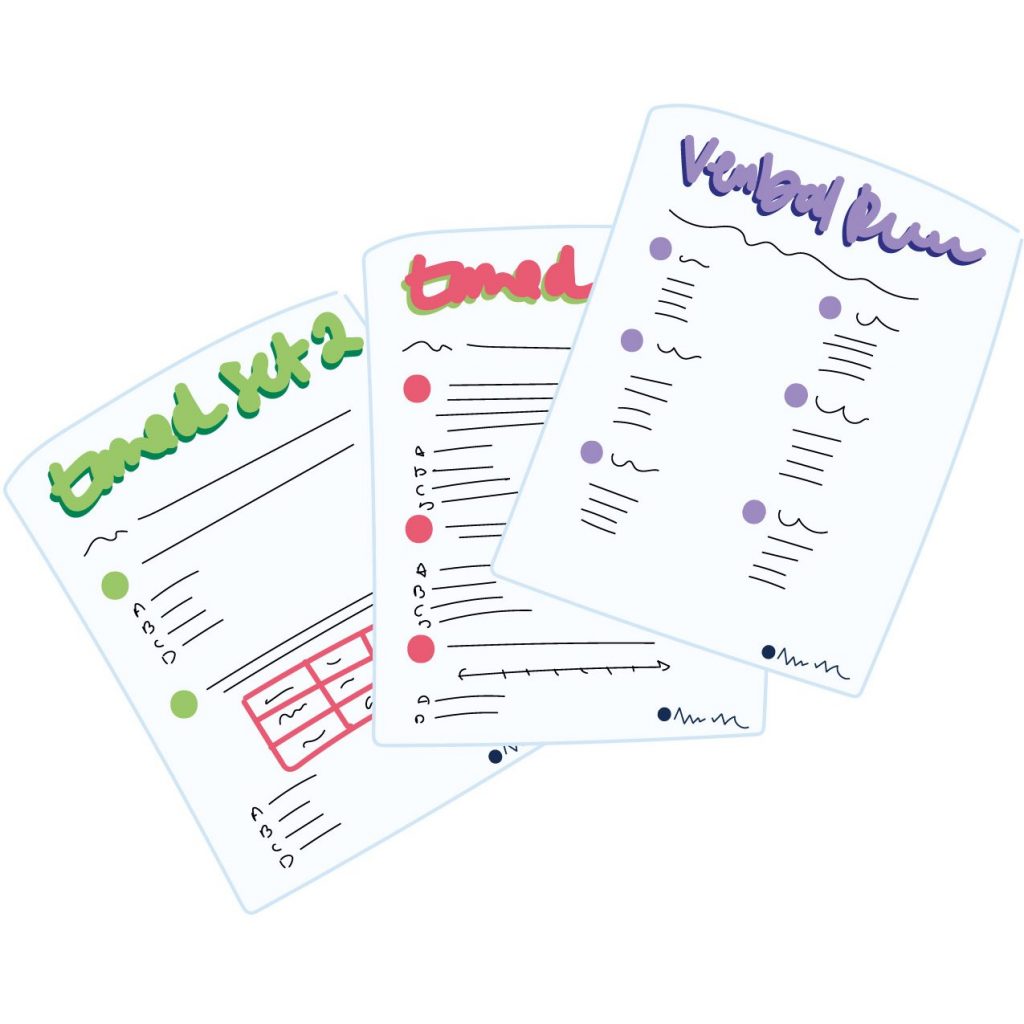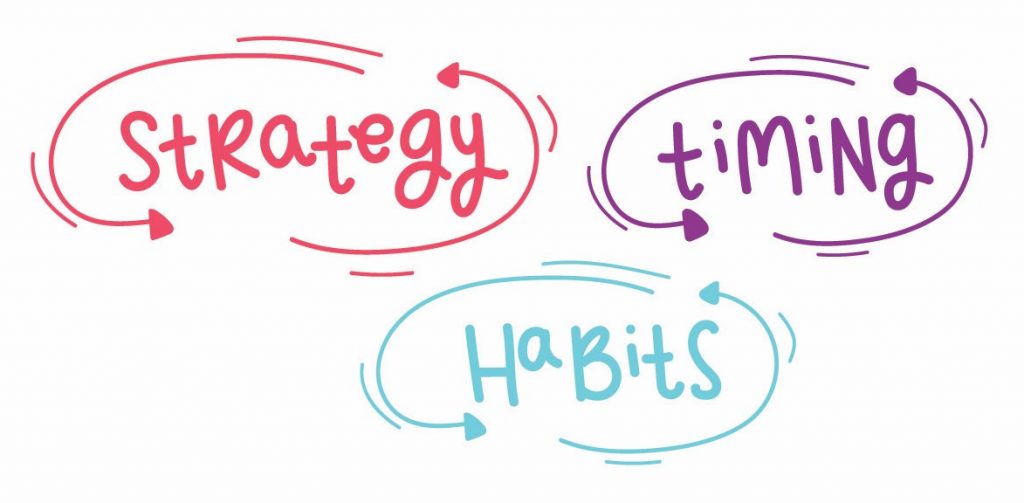
Timing is one of the biggest challenges students face on the ISEE. Even strong students and problem-solvers can struggle to use their time effectively once the clock starts. And while taking full-length practice tests can help, they’re not always the best way to build this skill or the best use of your study time.
The Problem with Full Practice Tests
First, there just aren’t that many high-quality full-length ISEE practice tests out there. And even if there were, doing full tests over and over again isn’t the most efficient way to get better at timing. It takes hours, it’s tiring, and it doesn’t leave much room to reflect on what went well or what needs to change.
That’s why I prefer using short, timed sets. These are targeted bursts of practice that help students focus on how they’re using their time and what strategies actually work for them.
Why Timing Is So Tricky
Timing isn’t just about speed, it’s about strategy.
In the Verbal Reasoning section, for instance, many students actually finish too early. They race through the questions, then don’t know what to do with the extra time. When asked to “check their work,” they’ll glance over their answers to comply, but not really re-engage with the questions in a meaningful way.
Then the opposite happens: once they learn more strategies, they start spending too much time thinking, and suddenly run out of time. That’s completely normal! Finding the right balance takes experimentation and practice under realistic time pressure.

How 9-minute Sets Help Students Score Higher on the ISEE
That’s where short, timed sets come in. Instead of doing a 20-minute section, I have students do a 9-minute set. These mini practice rounds make it easy to focus on one strategy at a time, like how long to spend on a question before moving on, or how to use leftover time productively.
Timed sets let students:
- Try out different pacing techniques
- Notice which types of questions eat up the most time
- Practice recovering after getting stuck
- Reflect immediately on what worked and what didn’t
Because they’re short, they can fit into any lesson or study session and be repeated often. Over time, that steady repetition helps students develop an intuitive sense of timing without burning through all their full-length practice tests.
From Understanding to Execution
It’s one thing to understand a strategy and another to execute it independently. During lessons, I might prompt a student to slow down, skip, or guess, but the real goal is for them to make those choices automatically, without a reminder.
Timed sets are the bridge between those two stages. They give students the repetition and feedback they need to move from “I know what to do” to “I naturally do it when it counts.”
ISEE Students Improve Scores with Shorter Timed Sets
Taking countless full-length tests to master ISEE timing is not practical or even possible for most students. What makes the biggest difference is intentional practice using short, focused sets where students can experiment, reflect, and refine. The goal isn’t just to finish on time, but to use every minute wisely.
If your child will be taking the ISEE or SSAT for admission to competitive independent schools, it would be my honor to be their guide on that journey.